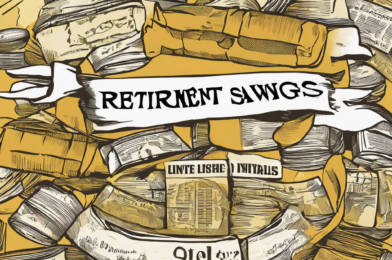Planning for retirement is a crucial aspect of financial well-being, and the earlier you begin, the better. While it may seem daunting to think about retirement, especially for those just starting their careers, taking proactive steps towards building a secure future is empowering. The power of time is a significant advantage when it comes to retirement savings. Starting early allows your money to grow over many years, thanks to the magic of compound interest. Even small contributions made consistently can accumulate into a substantial nest egg over several decades. This long-term approach helps to ease the financial burden later in life.
For young adults, the first step is to educate yourself about personal finance. Understanding the basics of budgeting, investing, and retirement accounts is empowering. Many employers offer retirement savings plans like 401(k)s, often with employer matching contributions. Taking advantage of these benefits is essentially ‘free money’ towards your retirement. If your employer doesn’t offer such plans, consider Individual Retirement Accounts (IRAs) as a great alternative.
The key to success is consistency. Aim to contribute a set percentage of your income regularly. As your income increases over time, ensure that your retirement contributions increase proportionately. This strategy ensures you’re consistently saving for the future while maintaining your current lifestyle.
It’s understandable that retirement planning may not be a top priority for those in their 20s and 30s. However, starting early and being consistent are the most effective strategies for building long-term wealth. Even if you’re older and haven’t started saving yet, it’s never too late to begin. The important thing is to take action and make retirement planning a priority at any age.
For those closer to retirement age, it’s crucial to assess your savings and create a realistic plan. Consider consulting a financial advisor who can help optimize your investments and provide a clear roadmap for your retirement years. They can guide you on maximizing Social Security benefits and ensuring your savings last throughout retirement.
In the end, retirement planning is a lifelong journey that requires patience and discipline. Whether you’re just starting your career or nearing retirement, taking control of your financial future is empowering. Remember, it’s your future, and every step towards securing it is a step in the right direction.









